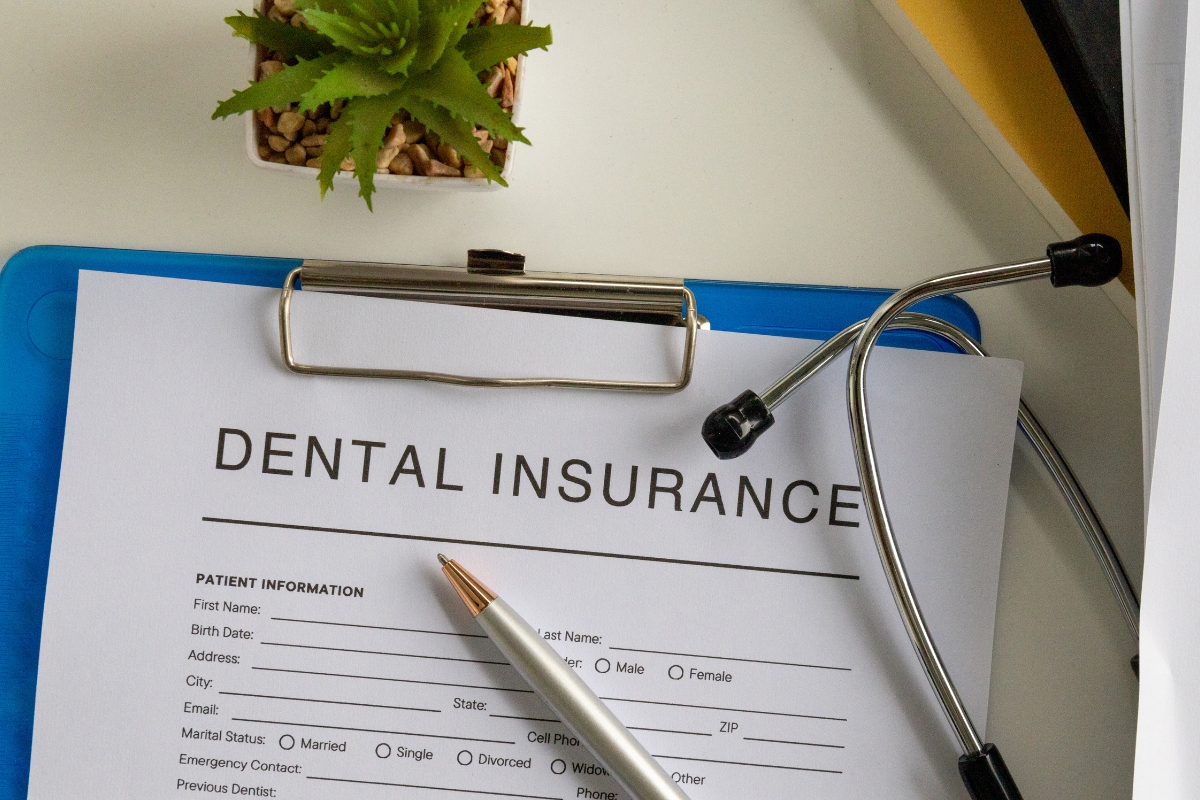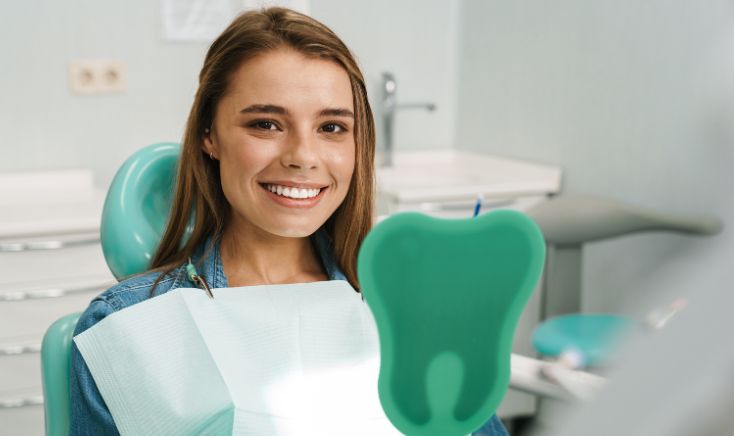Smoking After Tooth Extraction: Risks, Healing, and Alternatives

Did you just get a tooth pulled? Congratulations on taking care of your oral health! Now comes the healing phase, and while you might crave a cigarette to celebrate or cope with discomfort, it’s important to understand the risks involved. Smoking after a tooth extraction can significantly hinder the healing process and increase the chances of complications. Here’s why:
- The Problem with Nicotine: Nicotine, the addictive ingredient in cigarettes, restricts blood flow. This is problematic because a healthy blood supply is crucial for delivering oxygen and nutrients to the extraction site, which are essential for healing. Restricted blood flow due to smoking slows down this process and weakens the body’s natural healing response.
- Increased Risk of Dry Socket: A blood clot forms in the socket where your tooth once resided. This clot is vital for protecting the underlying bone and nerves while new tissue grows. Smoking disrupts this clot formation due to the suction created by inhaling. This can dislodge the clot prematurely, leading to a painful condition called dry socket. A dry socket exposes the bone and nerves, causing intense pain, delayed healing, and potential infection.
- Infection on the Rise: Smoking weakens your immune system, making you more susceptible to infection after a tooth extraction. The open wound created by the extraction is vulnerable to bacteria, and a compromised immune system can’t fight them off as effectively. This can lead to a painful infection that requires antibiotics and potentially further treatment.
- Impact on Bone Health: The jawbone needs a healthy environment to heal and support future dental work like implants. Smoking weakens bone density and slows down bone healing. This can lead to complications down the line if you ever need dental implants or other procedures that require a healthy jawbone structure.
Healing Timeline: When Smoking is Absolutely Off-Limits
Knowing the critical moments during your recovery will help you avoid the temptation to smoke and prioritize a smooth healing process. Here’s a breakdown of the timeline:
- Crucial First 48 Hours: This is the most critical window for clot formation. Smoking during this time significantly disrupts this process and increases the risk of dry sockets. It’s best to completely avoid smoking during this initial period.
- The Week After Extraction: While the clot should be established by now, the extraction site is still delicate and vulnerable. Smoking during this week can still dislodge the clot or irritate the healing tissues, potentially causing pain and delaying healing. It’s best to continue to abstain from smoking for at least a week after your extraction.
- Considering Long-Term Healing: While the initial stages are most crucial, ideally, you should avoid smoking altogether throughout the entire healing period, which can take several weeks. Smoking can continue to hinder healing and increase the risk of infection even after the initial stages. If you’re looking for a smooth and speedy recovery, it’s best to put smoking on hold entirely.
Alternatives to Manage Cravings After Extraction
Quitting smoking, even temporarily, can be challenging. Here are some effective alternatives to manage cravings and maintain a smoke-free recovery:
- Nicotine Replacement Therapy (NRT): NRT products like patches, gum, and lozenges provide a small dose of nicotine to help manage withdrawal symptoms. Consult your dentist to find the right NRT option for you.
- Oral Fixation Solutions: Chewing on sugar-free candy, using straws for drinks, or even sunflower seeds can help manage the urge to put something in your mouth, a common habit associated with smoking.
- Mind-Body Techniques: Techniques like deep breathing, meditation, and mindful distraction can help manage cravings and anxiety. Focus on relaxation methods to take your mind off smoking.
- Seek Support from Your Dentist: Don’t hesitate to discuss your concerns about smoking with your Carrollton dentist. They can offer additional advice on managing cravings and provide support during your recovery. They can also connect you with resources to help you quit smoking altogether, which benefits your overall health in the long run.
Prioritize Healing for a Speedy Recovery
Following your dentist’s instructions after a tooth extraction in Carrollton is crucial for a smooth and successful healing process. Smoking disrupts this process in several ways, increasing the risk of complications and delaying recovery. By prioritizing a smoke-free healing period, you’ll:
- Minimize the risk of dry socket and infection, ensuring a less painful and more comfortable recovery.
- Promote faster healing, allowing you to return to your normal routine sooner.
- Improve the long-term health of your mouth, creating a stronger foundation for future dental work.
Quitting smoking, even temporarily, can be a positive step towards a healthier lifestyle. Consider this a chance to break the cycle and experience the benefits of being smoke-free. Celebrate your commitment to healing by focusing on healthy alternatives and seeking support from your Carrollton dentist and loved ones. With a little determination, you can conquer cravings and enjoy a speedy recovery with a brighter, healthier smile!
Frequently Asked Questions
Even one cigarette can disrupt the healing process and increase your risk of complications. The cumulative effects of smoking throughout the day contribute to the problems mentioned earlier. It’s best to avoid smoking altogether during the healing period.
If you accidentally inhale smoke, avoid further smoking and monitor any symptoms that may arise, such as increased pain or bad breath. Contact your dentist if you experience any concerning issues.
Signs of dry socket can include intense throbbing pain in the extraction site, a bad taste or foul odor in your mouth, and sometimes even visible bone in the socket. If you suspect a dry socket, contact your dentist immediately for proper diagnosis and treatment.





